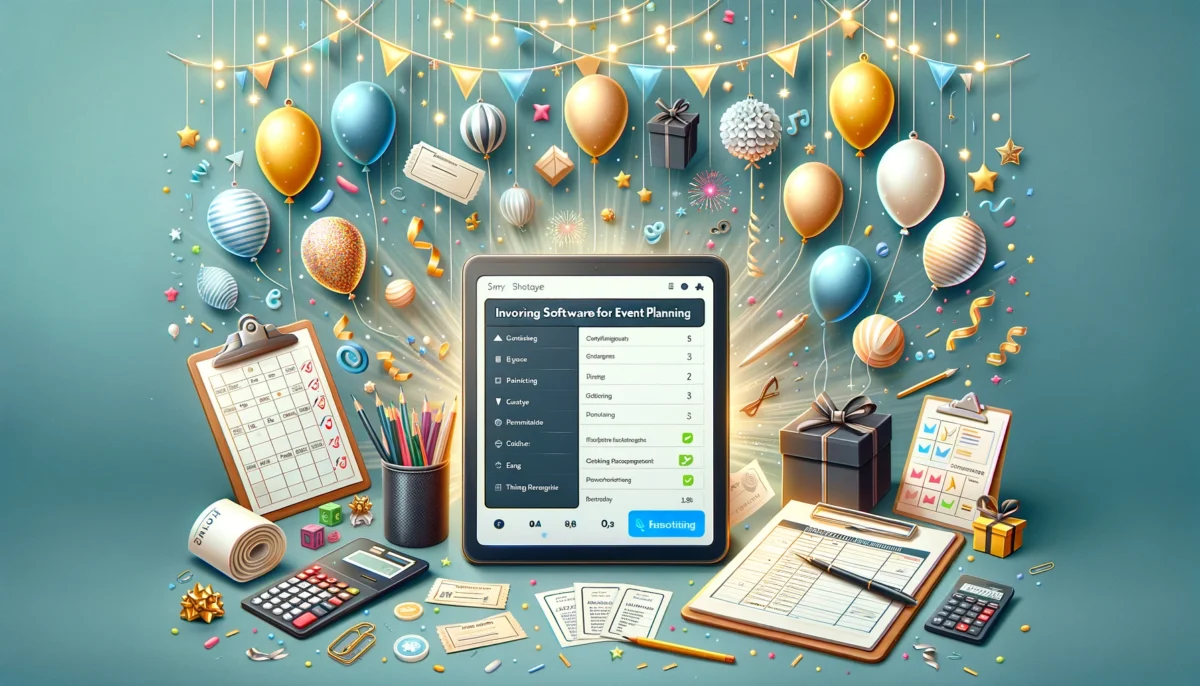Anyone who embarks on an entrepreneurial path is faced with the need to issue invoices and, of course, we want to create and charge as many of those as possible. What has to be on the account depends on various parameters, e.g. whether the entrepreneur is a VAT payer or not, whether he is a taxpayer or not, whether it is a company or a trade. Each invoice issued by the entrepreneur must contain the prescribed information, given that it is a credible document that proves the occurrence of a business event. There are a few financial forms that are similar to an invoice, but play different roles.
An invoice is not a purchase order, a bill or a receipt.
It is a time-stamped commercial document that itemizes and records a transaction between a buyer and a seller. If goods or services were acquired on credit, the invoice typically specifies the terms of the offer and also provides details on the readily available methods of payment.
Invoices types might include a paper receipt, a proof of sale, debit note, sales document, or online electronic document.
An invoice needs to specify it is an invoice on the face of the document/bill. It normally has a distinct identifier called the invoice number that is useful for inner and external reference. It typically has contact info for the seller or provider in case there is a mistake connecting to the payment.
How to issue an invoice?
An entrepreneur can issue an invoice “manually” using tools such as Word, Excel or some other tools and through an invoicing application.
The most common problems with manual invoicing

When issuing an invoice manually (through the Word tool in which we format the document as an invoice), we always leave some data the same, and some change depending on the content of the invoice, which can lead to the following complications:
– invoice number: it may happen that the entrepreneur forgets to change the invoice number, which can lead to inconvenience because the invoice must be corrected and sent again to the payer or issued in reverse,
– date: the date was not corrected on the invoice (the previous date remained),
– you overwrite or forget to save the invoice: if you are in a hurry it can happen very easily, for example, it can happen that we issue, send and later find out that we did not save or print it,
– incorrectly entered customer data and address: it is necessary to check all customer data and copy the document correctly, care should also be taken when creating a new invoice not to leave any of the previous customer data.
Benefits of invoicing through an invoicing application
The advantage of issuing invoices through a program greatly facilitates the work of the entrepreneur, given that using such a program most things are automated. For example, number assignment is automatic and therefore no duplication of numbers is possible. Also, adding a new client is easier because some systems can retrieve data from a public database. Such applications generally remember some pre-defined settings, so there is no need to rewrite or enter data. It can be prepared in the form of an e-invoice, so the entrepreneur can forward it directly to the customer. Using such a program also makes the job of accounting easier because the invoices do not have to be rewritten since everything goes automatically.
Benefits of e-invoicing
Since the advent of the computer era, people and businesses have found it easier to rely on electronic invoicing as an alternative to paper documents. Electronic invoicing, or e-invoicing, is a form of electronic billing to generate, store and monitor transaction-related documents between parties and ensure the terms of their agreements are fulfilled.These e-documents may include invoices and receipts, purchase orders, debit and credit notes, payment terms and instructions, and remittance slips. Digital invoices are normally sent via email, web page or application. Their advantages include the following:
– permanence and resistance to physical damage
– ease of searching and sorting for specific names, terms, or dates
– increased auditability
– the ability to print or reproduce on demand
– the ability for data collection and business intelligence
– reduction of paper use
E-invoicing includes several technologies and entry options and is used as a general term to describe any method by which it is electronically presented to a customer for payment. Several e-invoicing standards, such as EDIFACT and UBL, have been developed around to world to facilitate adoption and efficiency.
The importance of Invoice Date

The Invoice Date represents the time-stamped time and date on which the goods have been billed and the transaction officially recorded.
Therefore, the date has essential information regarding payment, as it dictates the credit duration and due date of the bill. This is especially crucial for entities offering credit, such as net 30. The actual due date of the invoice is usually 30 days after the invoice date. Likewise, companies offering customers the option to return items typically have a deadline based on a certain number of days since proof of purchase, as indicated on the invoice.
Checking the correctness of the account
 It is very important that all the data of the issued invoice are correct and in accordance with the regulations. If the invoice is formally correct, it is necessary to check the following:
It is very important that all the data of the issued invoice are correct and in accordance with the regulations. If the invoice is formally correct, it is necessary to check the following:
– information on the issuer of the invoice: includes verification of the name and address of the issuer of the invoice, date of issue and basis of issue,
– content of the document on delivery of goods and services: it must be checked whether the invoice is in accordance with the VAT Act and the General Tax Act, whether the invoice was issued by a VAT payer or not,
– name and surname of the person responsible for issuing the invoice: it does not have to contain the signature of the person authorized to represent or the person to whom the authorization has been transferred.
Little bit of history
 Invoices and records of transactions were made as early as 5.000 BC in Mesopotamia. The vendors used to carve details of purchases on clay or stone tablet computers using the earliest form of math.
Invoices and records of transactions were made as early as 5.000 BC in Mesopotamia. The vendors used to carve details of purchases on clay or stone tablet computers using the earliest form of math.
Invoicing later evolved to hand-written invoices on pet skin, parchment, or paper. These invoices consisted of a lot of the components of a contemporary invoice and utilized trademarks or seals.
The invention of computer systems caused the next large change in invoicing. This transformation was activated by the need to minimize traditional prices and labor. Invoicing came to be less expensive, less complicated, and faster with digital invoices.
The development of the web led to much better, more secure, a lot more environment-friendly ways to communicate with customers. On-line invoices are paperless as the invoices are sent through e-mail, and also payments are made online.
Invoicing in the modern-day globe has actually gone mobile. Specialized SaaS (Software as a Service) companies guarantee that invoicing is currently automated, secure, as well as immediate, so you can invoice on the action.




